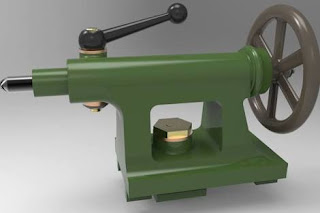Types of mechanical forces
A force exerted on a body can cause a change in either the shape or the motion of the body.The unit of force in SI system is the Newton(N) and CGS system is dyne.No solid body is perfectly rigid and when force are applied to it,changes in dimension occur.such changes are not always perceptible to the human eye since they are negligible. For the example,The span of a bridge will sag under the weight of a vehicle and a spanner will bend slightly when tightening a nut. It is also important for civil engineers and designers to appreciate the effects of forces on materials.Together with their mechanical properties of the materials. There three main types of mechanical forces that can act on a body.They are 1)Tensile force 2) compressive force and 3) shear force


Comments
Post a Comment